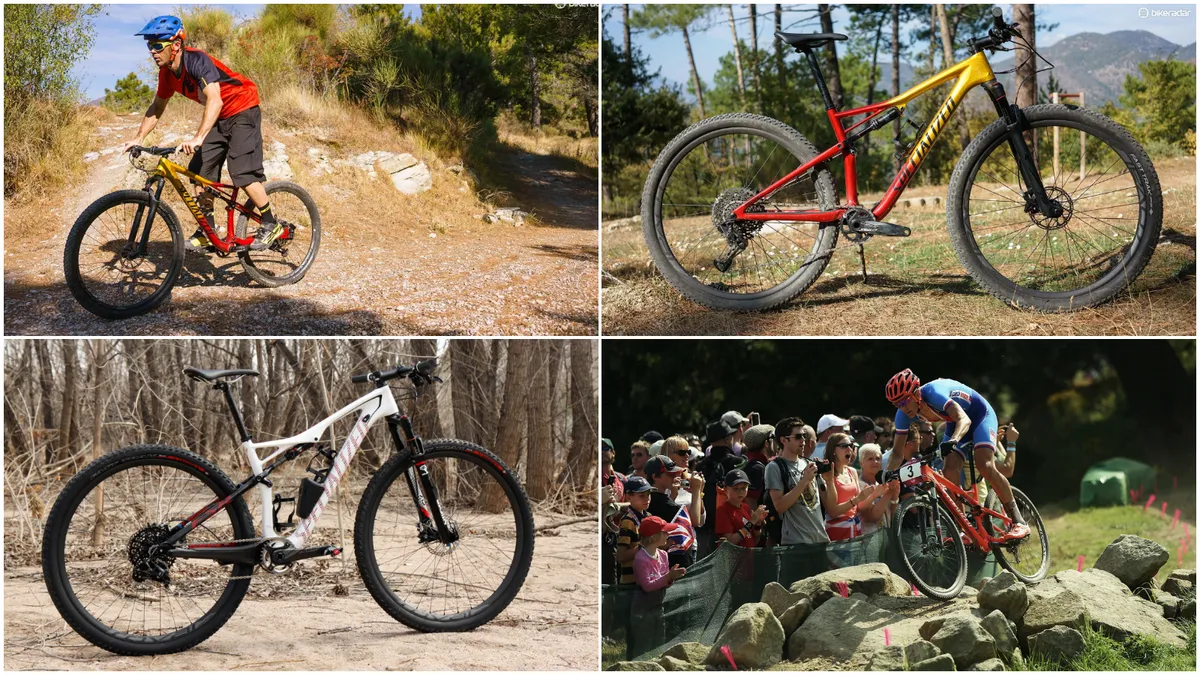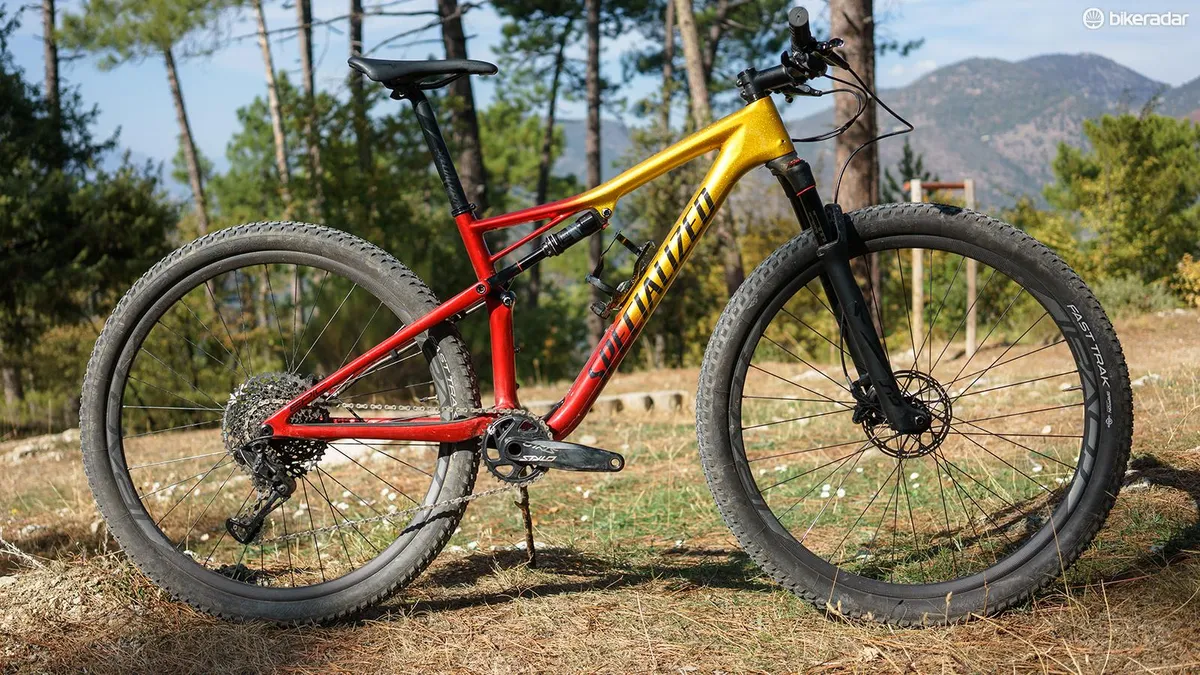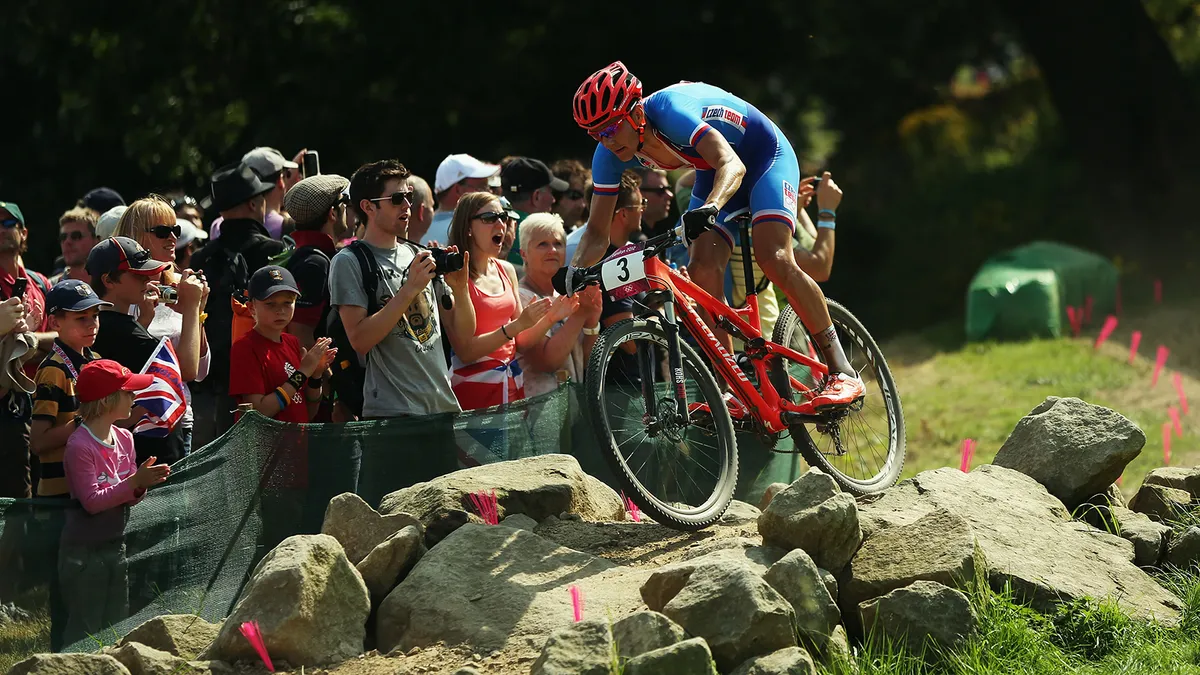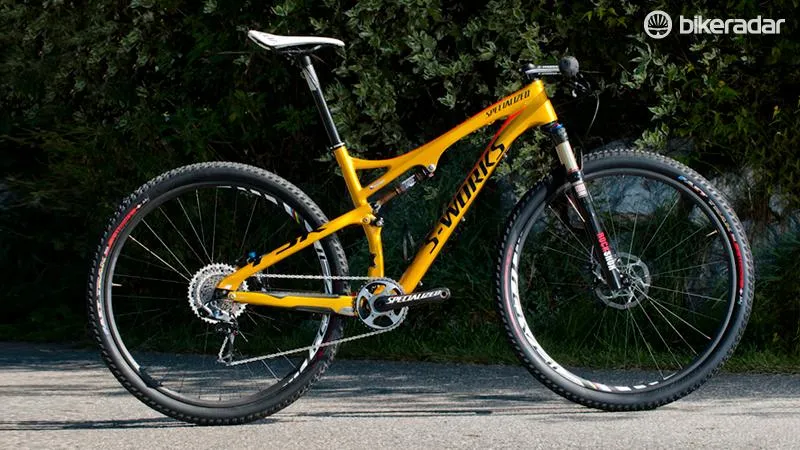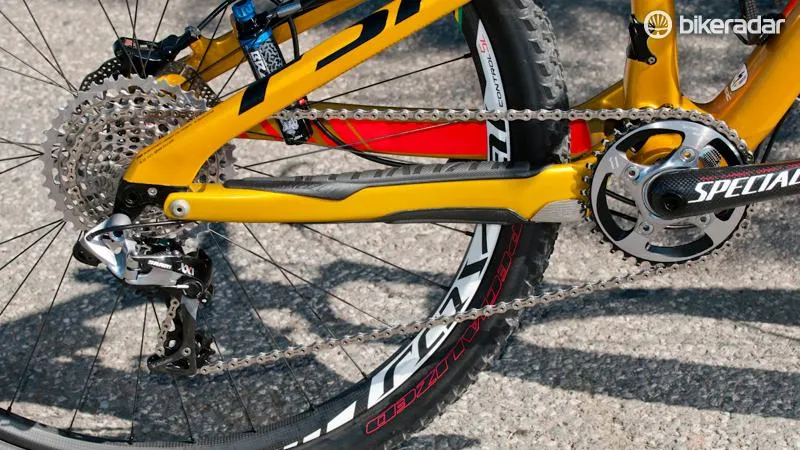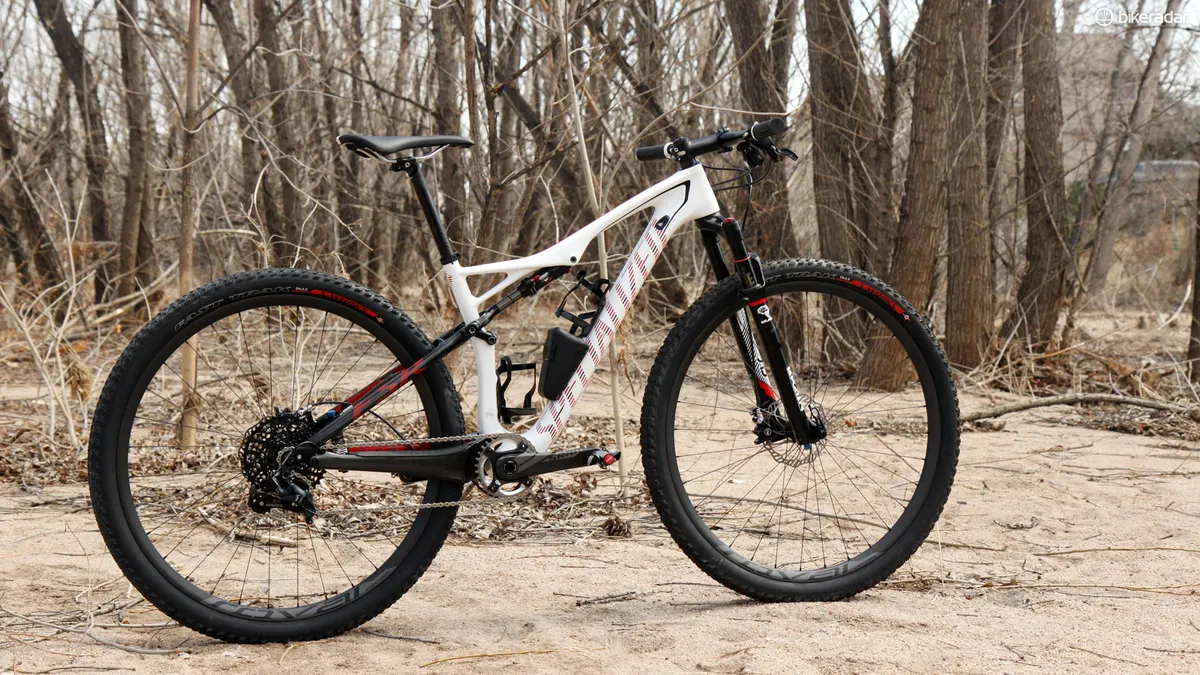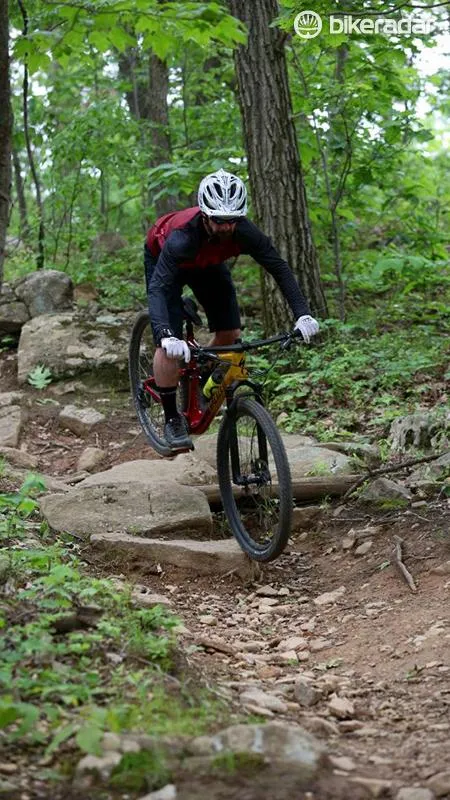The Specialized Epic, a 29er full-suspension cross-country race machine, is designed with one kind of activity in mind: going fast and blowing your brains out with lactic acid. It's one of our headline bikes for 2018.
- This feature was inspired by the Specialized Epic, one of BikeRadar's Headline Bikes for 2018. We've collated eleven bikes that we believe you should know about in the coming year. Some are super bikes, while others might display great value for money, but they all have one thing in common — they're all important bikes that show how incredibly varied road and mountain biking is today.
In the past, this focused design would have come at the expense of the fun factor associated with a standard trail bike — an XC bike would be fast, but it would also be a twitchy, unforgiving ride.
- Specialized S-Works Epic XX1 Eagle first ride review
- Dropper post vs fixed post. Which is faster for XC racing?
- The Sunn Shamann is probably the craziest XC bike you'll see this year
But in the last six or seven years the tide has gradually changed, driven first by the UCI, then by the manufacturers trying to keep up with what riders are demanding on increasingly technical courses.
The bikes are still lightning fast, but in the right hands they’ll eat up a tough day out at the trail centre and handle some pretty challenging terrain.
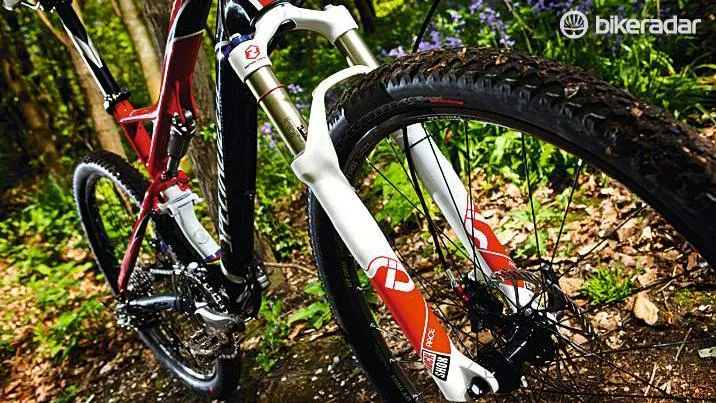
This is great news for you and I because XC bikes are becoming, well, fun and cool, two words I wouldn’t have associated with the sport 10 years ago. But how did we get to this point? It all started with the courses.
Change the courses, change the sport
Go back a few years to the cross-country World Championships in Canberra 2009, and while many of the faces were the same, the era was very different.
Nino Schurter still stood on the top step and Julien Absalon was second, but compared with today the race was much longer with the winning time being 2:04:39. The time gaps were larger as well, with 10th place finishing almost four minutes behind the winner.
This is all well and good for the riders — they love pain and suffering — but for spectators, the style of racing was not providing much in the way of entertainment. Gaps would be established fairly early on and each rider would descend into time trial mode, pacing their effort out to the finish.
Compared with the adrenaline-fuelled madness of downhill, or the elbow-to-elbow racing of cyclocross, cross-country was floundering.

Luckily the powers that be did something about this, and set about changing the sport — and subsequently our equipment — towards what we see today.
Races were made shorter, with more laps and lower race times. This obviously gave fans the chance to see their heroes more often and, crucially, made the racing closer and more exciting.
The final piece in this puzzle was to design the courses to be technically challenging: the climbs were now short and steep, requiring huge power outputs and technical nous. The descents became steeper, and basically a gnarlier proposition for both riders and fans.
The industry took a while to get 29er geometry just right but I think we can now all agree that for XC in 2017 big wheels are better, faster and more fun
The riders certainly didn’t have a problem with this — put them on any course and they’ll race each other no matter what. But the bikes of the time were a different matter, with the 2009 Specialized Epic sporting 26-inch wheels, steeper/shorter geometry and narrow bars. On a demanding course this didn’t cut the mustard — the Epic was too nervous, unforgiving and simply not up to the task.
Playing catch-up
Bike manufacturers had to catch up with the changing face of the sport and from here on the bikes began to evolve. Perhaps the most striking charge was to 29er wheels.
I distinctly remember the hostility from the buying public upon their release, and while the industry took a while to get the geometry just right, I think we can now all agree that for XC in 2017 they’re far better, faster and more fun.
The first World Cup won on a 29er was in 2011 — and that was a Specialized Epic piloted by Jaroslav Kulhavy. In 2017 every men's World Cup was won on a 29er, and I don’t see that changing anytime soon.
Next up was 1x drivetrains — once again some people weren’t happy about this innovation, yet once again people have generally come to accept that a 1x drivetrain works brilliantly for XC. They’re a touch lighter and generally easier to maintain, everything you want in a mountain bike product.
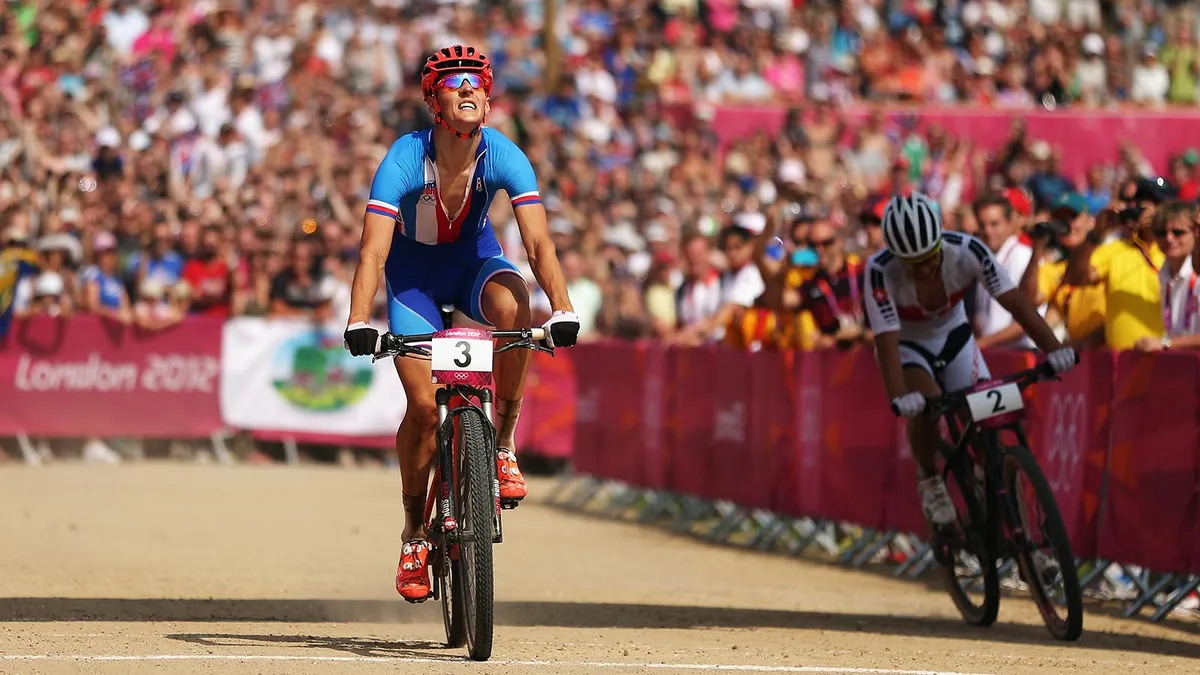
This brings us to 2012 where Jaroslav Kulhavy won the Olympic XC race at Hadleigh Park in a sprint finish after 1.5 hours of racing. Crucially he was riding a 29er Specialized Epic with a 1x drivetrain on a modern man-made, technical track. Having raced there a couple of times I can attest to how difficult those rock gardens really are when you’re at race pace. I’m also incredibly glad I never had to compete there on an ‘old school’ 26-inch bike.
You only have to look at the crowds that day to see that XC was becoming the exciting sport it always had the potential to be, with incredibly close racing on a spectator-friendly track.
Taking cross-country into 2018
From 2012 to 2017 we have seen a gradual refining of the bike Jaroslav Kulhavy rode that day. Specialized has released two updates of the Epic, which have made the bike even longer, slacker and I think, more fun, while still retaining that race edge.
In fact, many bike testers ascribe to the idea that most full suspension XC bikes would make a relatively capable trail bike with the addition of a dropper post. I don’t think you could say the same for the 2009 Specialized Epic.
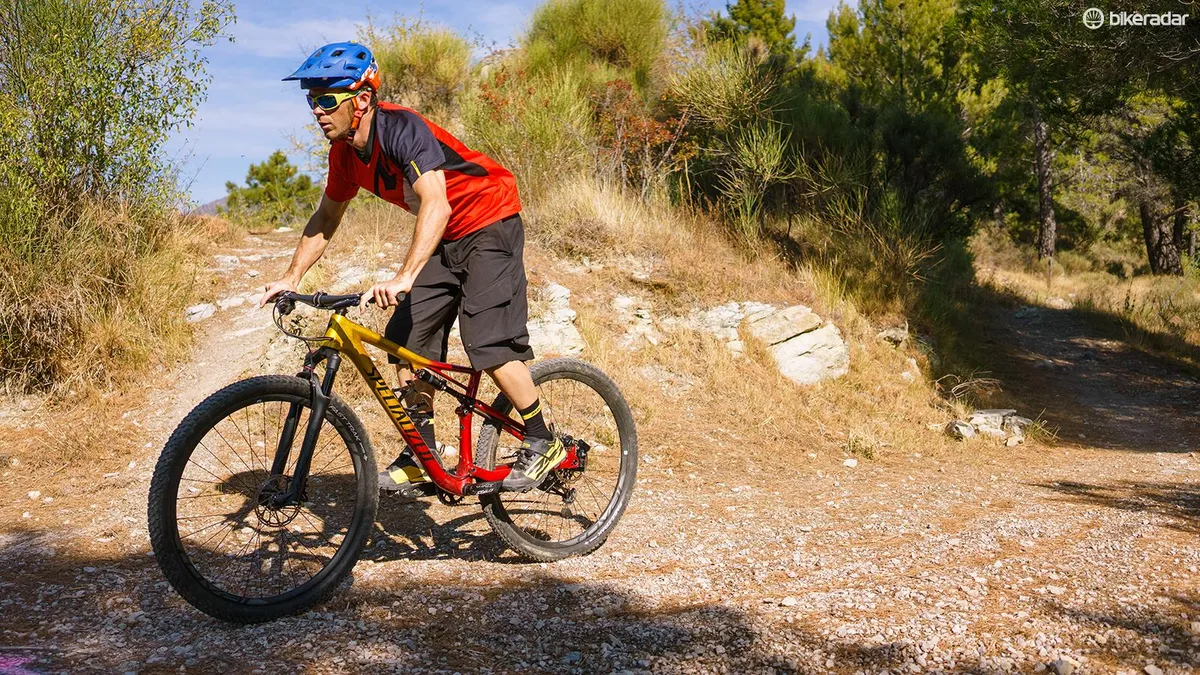
A cynical eye will view most of the changes within the bike industry as a waste of money — ‘things are fine just the way they are, they’re just trying to sell us more bikes’ is a comment we often see at BikeRadar. But I believe the evolution of the cross-country bike is one occasion where the industry and the UCI have got it spot on. Both the sport and the equipment we use today are better than ever.
And while XC participation may not be at the levels of enduro racing, there’s a genuine interest in cross-country technology from all the tribes in mountain biking.
BikeRadar’s XC bikes top-5 videos always do high traffic numbers these days, and I think that’s down to the renewed interest in genre. I don’t see that technological innovation/refinement slowing down anytime soon — so here’s hoping the next five years are just as interesting as the last.
BikeRadar would like to thank Brittany Ferries, the Commune of Peille, France, and Kieran Page at La Maison des Activities de Pleine Nature de Peille for their help and support during our Headline Bikes test.
